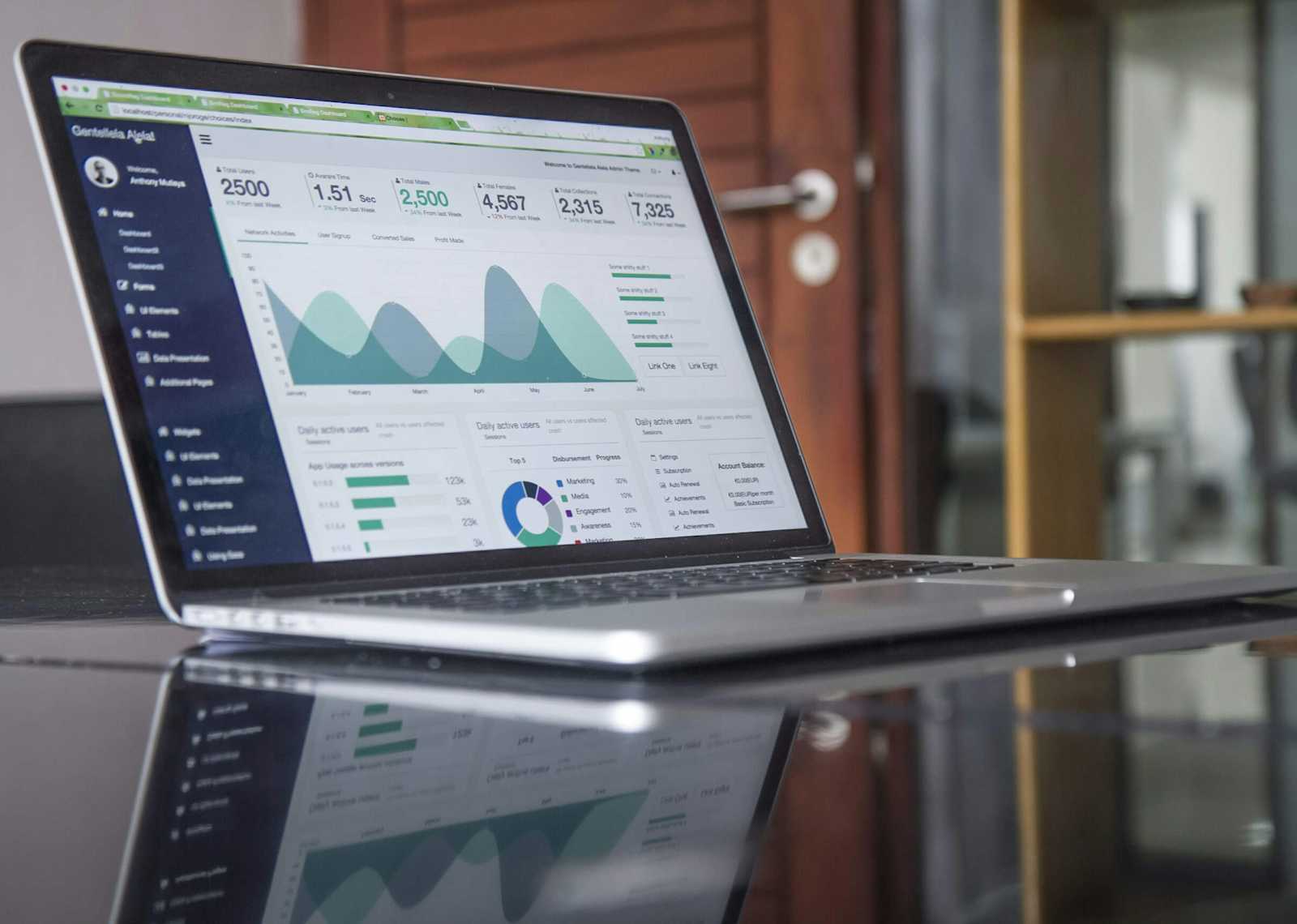Mastering Project Management with Gantt Charts: A Beginner’s Guide
 CeloxisPM
CeloxisPM
Managing multiple tasks, meeting deadlines, and keeping your team aligned can be challenging for any project manager. Whether you’re leading a small team or tackling large-scale projects, maintaining visibility into timelines, dependencies, and resources is crucial. The good news? Gantt charts can be your ultimate solution for streamlining project management.
A Gantt chart is more than just a visual timeline; it serves as a strategic tool to plan, monitor, and execute projects efficiently. From identifying task dependencies to tracking progress, Gantt charts ensure your project stays on schedule and fosters effective team collaboration.
Why Gantt Charts Matter in Project Management
Think of Gantt charts as the Swiss Army knife of project management, offering numerous benefits like:
Clear Timelines: Visualize your entire project from start to finish, track milestones, and spot potential bottlenecks.
Progress Tracking: Easily monitor task completion and adjust timelines when necessary.
Enhanced Team Collaboration: Clearly define responsibilities, ensuring your team knows their roles and deadlines.
Who Should Use This Guide?
Beginners: Learn the fundamentals of Gantt charts with actionable insights.
Project Managers: Discover how Gantt charts can improve project visibility and streamline workflows.
Team Leads: Efficiently coordinate multiple projects and enhance team collaboration.
You May Also Like:
Best Project Tracking Software for Remote Teams in 2025
Best Project Management Software Tools for Remote Teams
What is a Gantt Chart?
A Gantt chart is a horizontal bar chart that represents project tasks, durations, and dependencies. It provides a visual overview of your project’s timeline, helping you identify task relationships and ensure on-time completion.
Key Components of a Gantt Chart
Tasks: The core building blocks of your project, representing specific activities.
Timelines: Visual representation of task durations, ranging from days to months.
Dependencies: Relationships between tasks indicating which tasks must be completed before others can start.
Milestones: Major checkpoints in the project, marking significant achievements.
Resources: Team members, tools, and budgets assigned to tasks.
Progress Indicators: Visual cues to track task completion percentages.
You May Also Like:
Program Management vs. Project Management: Key Differences
Program Management Software for Multi-Project Tracking
How Gantt Charts Work
Let’s say you’re managing a website redesign. Your Gantt chart will visually map out tasks like “Market Research” (7 days), “Wireframe Design,” and “Content Creation,” with dependencies indicating that development can only begin once the design and content are ready. This clear view helps prevent overlapping tasks and resource conflicts.
Benefits of Gantt Charts in Project Management
Enhanced Timeline Clarity: Break down your project into manageable tasks, ensuring visibility into priorities and deadlines.
Improved Collaboration: Assign responsibilities clearly, minimizing miscommunication.
Resource Management: Efficiently allocate team members and budgets.
Real-Time Progress Tracking: Monitor task completion and address delays promptly.
Why Every Project Manager Needs Gantt Charts
Gantt charts act as a project control center, providing a holistic view of your project from planning to execution. Whether you’re managing a product launch, marketing campaign, or construction project, Gantt charts simplify complex processes and enhance decision-making.
You May Also Like:
- What Is a Project Management Framework?
Why Gantt Charts Are Crucial for Project Managers
Gantt charts go beyond simple timelines. They are powerful strategic tools that facilitate real-time progress tracking, optimize resource allocation, and proactively address challenges.
Key Advantages:
Real-Time Tracking: Get a dynamic overview of task progress and adjust plans as needed.
Early Detection of Bottlenecks: Identify and resolve issues before they derail your project.
Efficient Resource Management: Ensure tasks are evenly distributed without overloading team members.
You May Also Like:
Project Management vs. Project Portfolio Management
PPM vs. PM Software: Choose the Right Tool for Your Team
Understanding Gantt Chart Components in Detail
Task List: Tasks represent individual project activities. A clear, detailed task list helps set expectations and enhances accountability.
Work Breakdown Structure (WBS): A hierarchical representation of tasks.
Task Sequencing: Logical ordering of tasks based on dependencies.
You May Also Like:
- The Ultimate Guide to Building a Work Breakdown Structure
Timelines: Define task durations and ensure accurate scheduling. Timelines also account for slack time, allowing flexibility to manage delays.
Critical Path: The sequence of tasks determining the project’s minimum completion time.
Lead and Lag Time: Adjustments between dependent tasks for smoother progress.
You May Also Like:
- The Ultimate Guide to Creating a Risk Management Strategy
Milestones: Represent key events and deliverables, marking significant progress.
Phase Gate: Decision points where progress is reviewed.
Project Phase: Distinct stages of the project lifecycle.
You May Also Like:
- Best PMO Software for 2025: Top 10 Solutions for Project Management
Dependencies: Visualized as arrows connecting tasks, dependencies ensure tasks are completed in the correct sequence.
Finish-to-Start (FS): Task B begins only when Task A finishes.
Start-to-Start (SS): Tasks A and B start simultaneously.
Finish-to-Finish (FF): Task B finishes only when Task A completes.
Start-to-Finish (SF): Task B finishes only after Task A starts.
By incorporating Gantt charts into your project management toolkit, you’ll gain better control, increased visibility, and enhanced collaboration. Mastering Gantt charts will empower you to navigate project challenges with confidence and achieve successful outcomes.
Subscribe to my newsletter
Read articles from CeloxisPM directly inside your inbox. Subscribe to the newsletter, and don't miss out.
Written by

CeloxisPM
CeloxisPM
Celoxis is a powerful Project Portfolio Management Software designed for businesses of all sizes. It provides robust tools for project scheduling, task management, resource allocation, and performance tracking. With intuitive dashboards and real-time analytics, Celoxis helps teams collaborate effectively, meet deadlines, and manage budgets, making it an ideal solution for handling both simple tasks and complex projects.